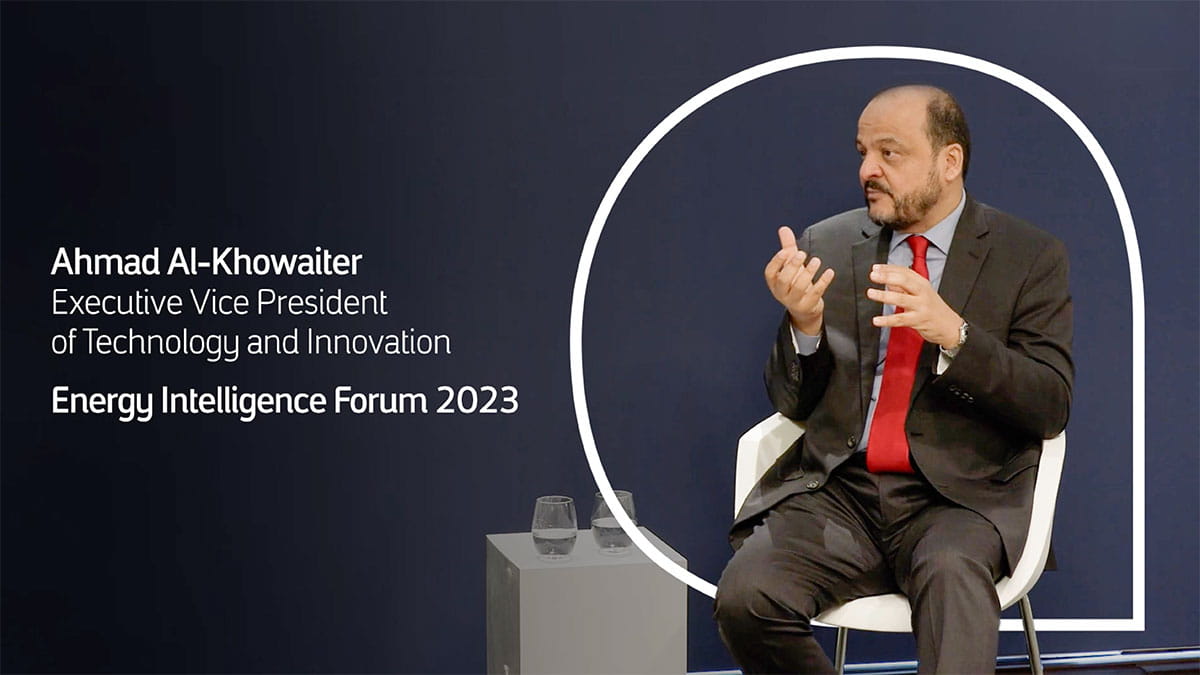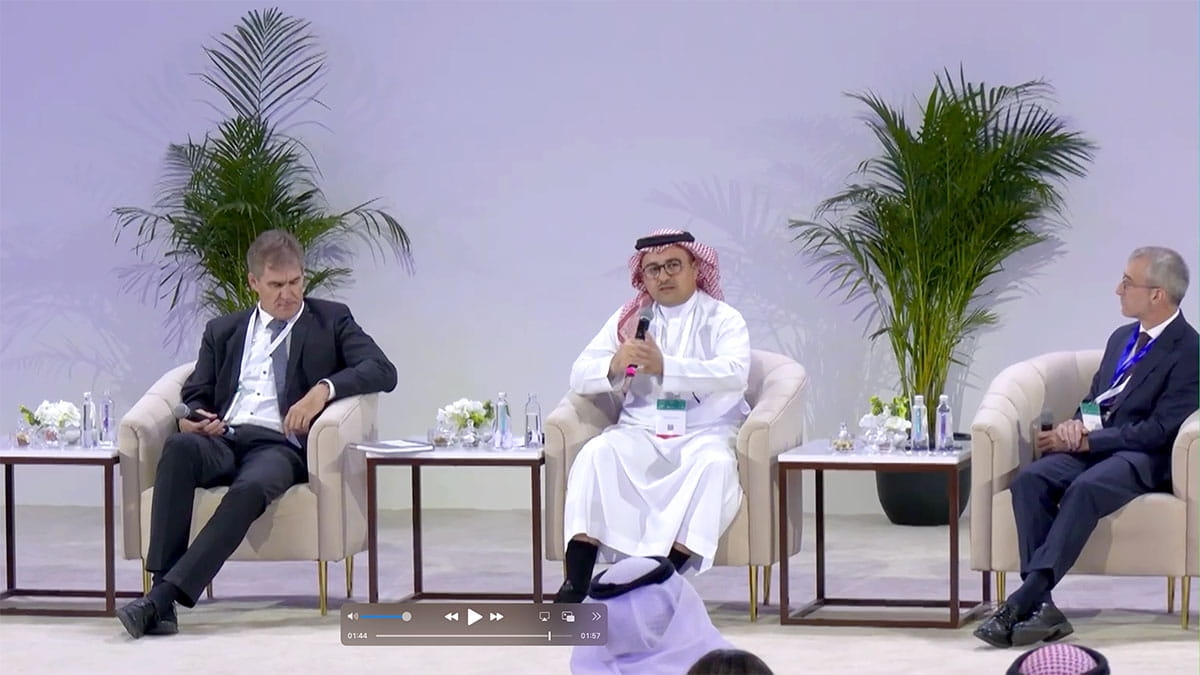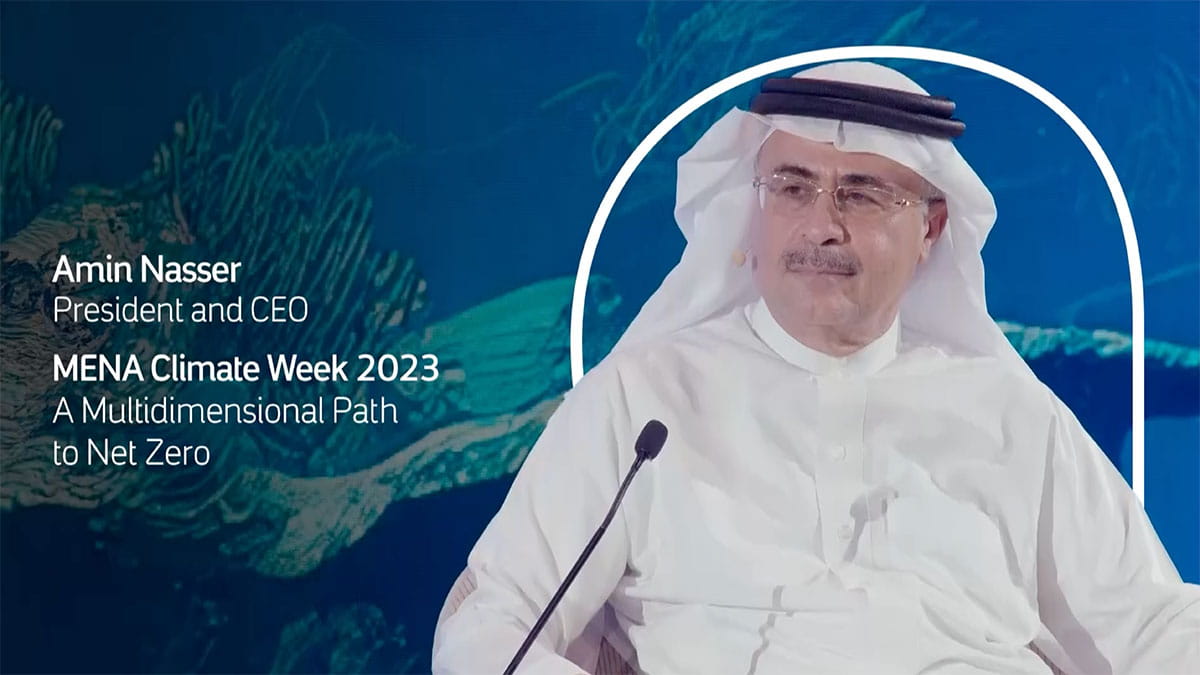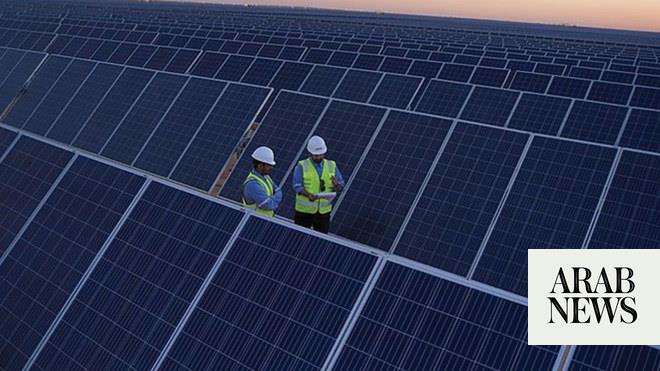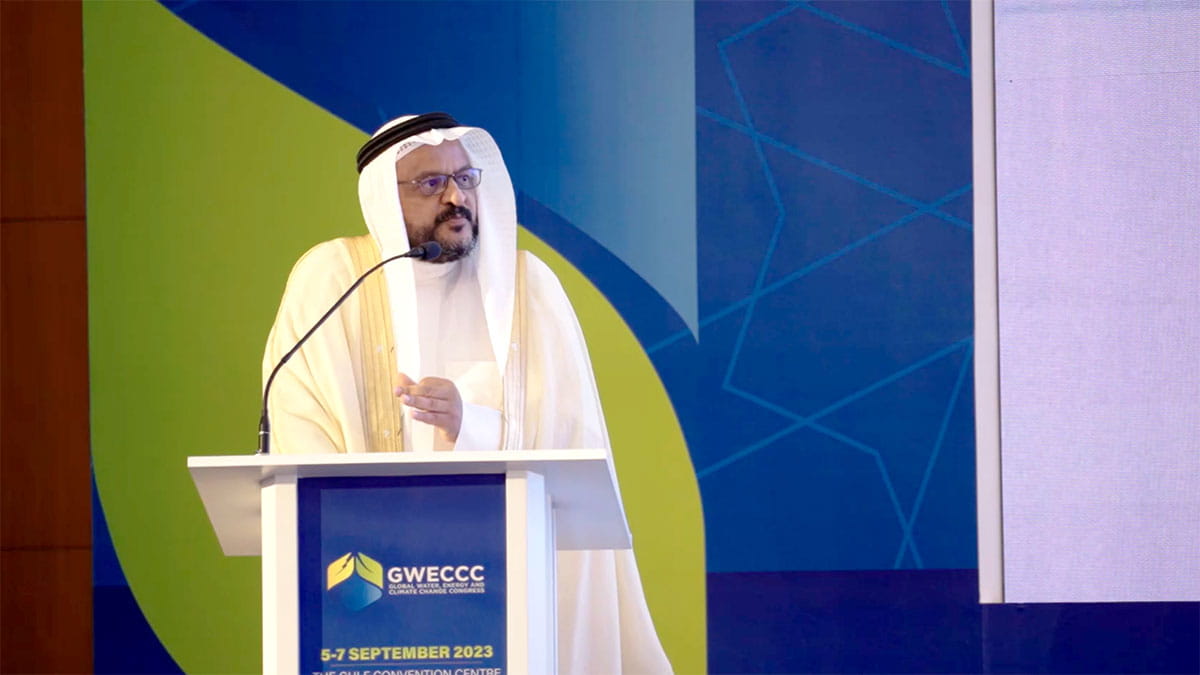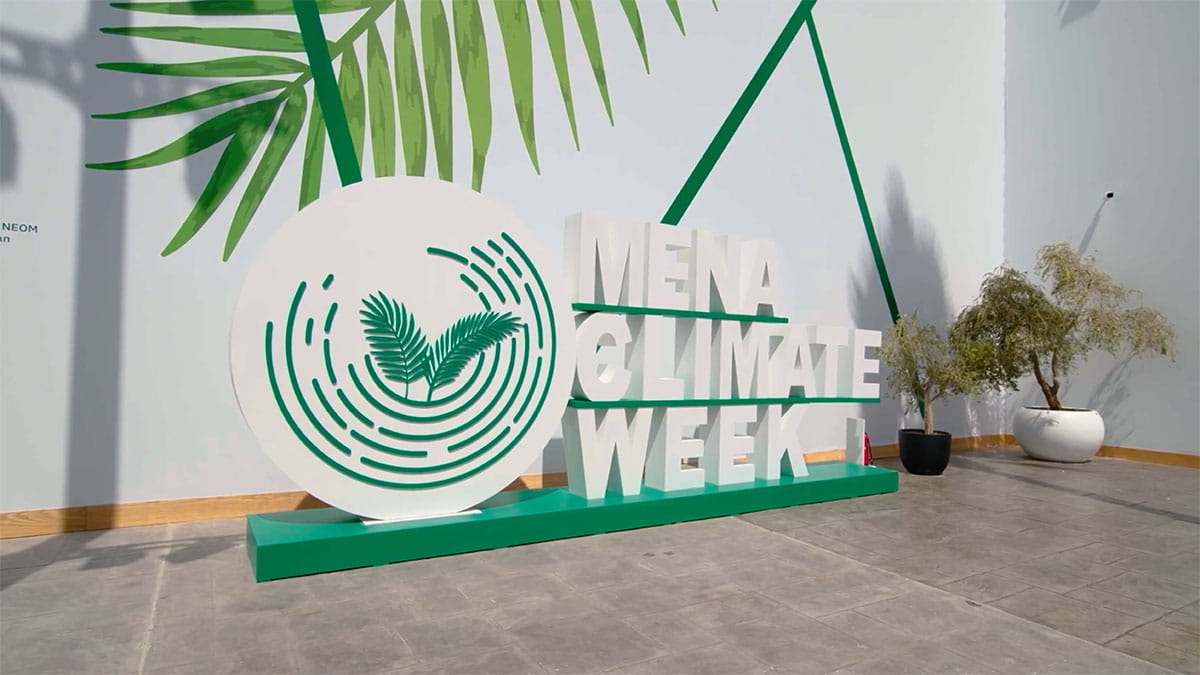
MENA Climate Week 2023
How the Energy Transition is Creating a Materials Transition
Ahmad O. Al-Khowaiter, executive vice president of Technology and Innovation
I just want to emphasize that at Aramco, we look at the entire gamut of approaches to addressing the climate challenge.
The challenge that we face as the world to transition to new energies is that those new energies all depend on new materials such as for example, graphene, carbon-based materials that would enable batteries, composites that enable wind turbines and many, many other technologies.
We are looking at ways of putting hydrocarbons not to energy use but rather to material uses to address the energy transition to provide those materials.
All of these materials basically come back to carbon or hydrocarbons, and we set hat growth is actually going to be tremendous growth, and it’s actually going to be a big part of the oil industry, and the future is actually supplying those materials.
We tend to think of these materials as coming as cost-free. In fact, many of these mineral processes that we talked about are actually the hardest to decarbonize sectors of our economies.
So when you talk about this huge growth in material use to achieve a materials transition, what you don’t realize is you’re also talking about a huge emissions growth.
This hast to be dealt with with technologies we have today. We can’t wait for zero-emission technologies to produce steel or to produce concrete.
What we need to do is apply what we have, like we’re doing today. We walk the talk. We are applying carbon capture and sequestration to our existing industries to lower the emissions from those industries, which we know are going to be needed to achieve the energy transition and the materials transition.
The research and development of the energy companies is essential to the transition. We are supplying today 90% of the world’s energy. So it makes all the sense in the world for the energy industry to be a big player in the energy transition.





